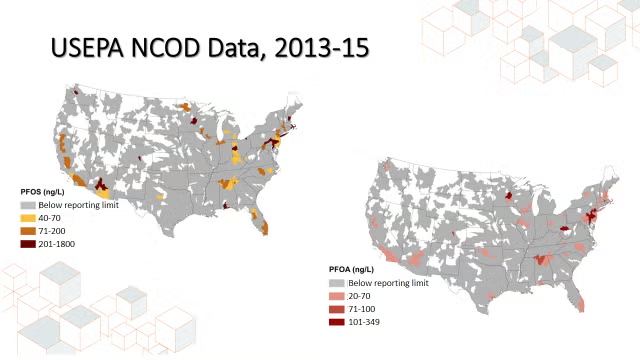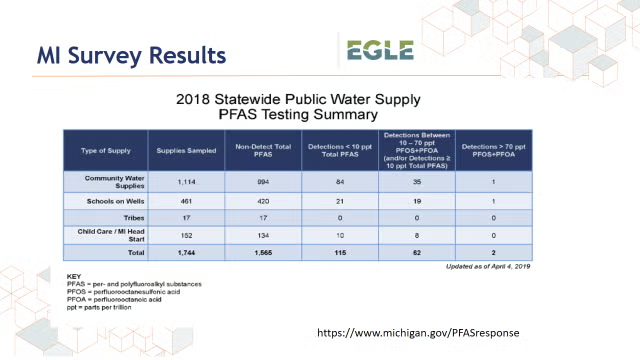Misleading news reports have created much confusion about the presence of PFAS chemistries in bodies of water around the country. We wanted to take the opportunity to lay out the facts.
All PFAS Are Not The Same
PFAS, or per- and polyfluoroalkyl substances, are a large and diverse family of chemistry that makes possible the products that power our lives — the cellphones, tablets and telecommunications we use every day to connect with our friends and family; the aircrafts that power the U.S. military; alternative energy sources; and medical devices that help keep us healthy. PFAS are vital to enabling our lives in the 21st century.
However, all PFAS are not the same. Individual chemistries have their own unique properties and uses, as well as environmental and health profiles. It is neither scientifically accurate nor appropriate to apply broad brush characterizations about the health and safety of these individual chemistries to the entire class.
Most health effects that have been attributed to PFAS relate to specific, older chemistry that is no longer produced in the U.S.
PFAS Are Regulated and Have Been Reviewed by EPA
In the United States, there is regulatory process explicitly established for new PFAS chemistries, under which new PFAS substances are subject to testing requirements and controls to allow them entry into the market. This program has specific testing requirements related to ensuring the safety of human health and the environment, like cancer, reproductive/developmental factors, ecological endpoints, and environmental persistence.
Read more about ongoing efforts to address PFAS here.
Industry Strongly Supports Responsible Manufacturing Practices and Stewardship
Our members are committed to the responsible production, use and management of these chemistries. In fact, in 2006, manufacture of long-chain PFAS such as PFOA and PFOS was voluntarily eliminated in the United States through the EPA’s PFOA Stewardship program. This included a commitment to cease the manufacture and use of PFOA and PFOS-related chemicals, coupled with enhanced regulatory review by EPA prior to new PFAS chemicals being permitted on the market.
EPA Testing for PFAS in Water
As a result of this stewardship program, the Centers for Disease Control and Prevention (CDC) has reported from sampling that human exposure levels of these substances have dropped substantially. Moreover, a national survey of drinking water conducted by USEPA from 2013-15 indicated that less than 2 percent of public drinking water supplies in the U.S. had detectable levels of those chemicals.

Additionally, the most comprehensive state level analysis of PFAS in water has been done by Michigan, which also found the issue to be limited in scope:

The EPA Is Actively Working on the Issue
Counter to claims by some, the EPA is actively working to establish national drinking water standards for specific PFAS that meet key criteria under the Safe Drinking Water Act (SDWA). We support the establishment of these standards for perfluorooctanoic acid (PFOA) and perfluorooctane sulfonic acid (PFOS) under the federal SDWA. The development of national standards for these specific PFAS should give Americans greater confidence in the safety of the water they drink and help to eliminate some of the confusion caused by the patchwork of state actions that have been announced in recent months.
Read more about our support for this effort in Bloomberg.
ACC and our members are committed to strong, science based regulations that are protective of human health and the environment and will continue to engage with policymakers across the country to develop solutions.



